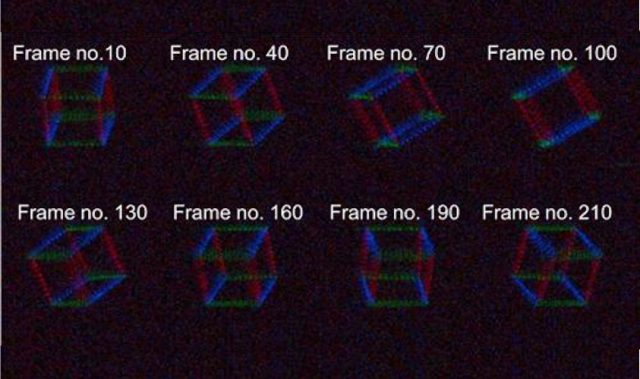
AsianScientist (Sep. 4, 2019) – Plastic-based materials may be the future of natural gas storage, according to research by scientists in South Korea and the US. Their findings are published in Nature Energy.
Natural gas, predominantly methane, is a relatively cleaner energy source and is stored by compression, liquefaction or adsorption. Among these, adsorbed natural gas (ANG) storage is more efficient, cheaper and safer compared to conventional compressed natural gas (CNG) and liquefied natural gas (LNG) storage approaches. However, developing adsorptive materials that can more fully exploit the advantages of ANG storage has remained a challenging task.
In the present study, researchers led by Professor Cafer T. Yavuz at the Korea Advanced Institute of Science and Technology, South Korea, with collaborators at Texas A&M University, US, synthesized 29 unique porous polymeric structures with inherent flexibility for methane gas storage. The porous polymers had varying synthetic complexities, porosities and morphologies, and the researchers subjected each porous polymer to pure methane gas under various conditions to study their ANG properties.
Of the 29 distinct chemical structures, one called COP-150 achieved a high deliverable gravimetric methane working capacity when cycled between 5-100 bar at 273 K, which is 98 percent of the total uptake capacity. The authors emphasized that COP-150 is the first ever structure to fulfil both the gravimetric and volumetric requirements of the US Department of Energy for successful vehicular use, and the total cost to produce the COP-150 adsorbent was only US$1 per kilogram.
COP-150 can be produced using freely available and easily accessible plastic materials. Moreover, its synthesis takes place at room temperature, is open to the air and requires no previous purification of the chemicals. The pressure-triggered flexible structure of COP-150 is also advantageous in terms of the total working capacity of deliverable methane for real applications.
“We envision a whole host of new designs and mechanisms to be developed based on our concept. Since natural gas is a much cleaner fuel than coal and petroleum, new developments in this realm will help encourage a switch to less polluting fuels,” said Yavuz.
The team plans to improve on the design of their material so that it can eventually be used in vehicles running on natural gas fuel.
The article can be found at: Rozyyev et al. (2019) High-capacity Methane Storage in Flexible Alkane-linked Porous Aromatic Network Polymers.
———
Source: Korea Advanced Institute of Science and Technology; Photo: Pixabay.
Disclaimer: This article does not necessarily reflect the views of AsianScientist or its staff.












